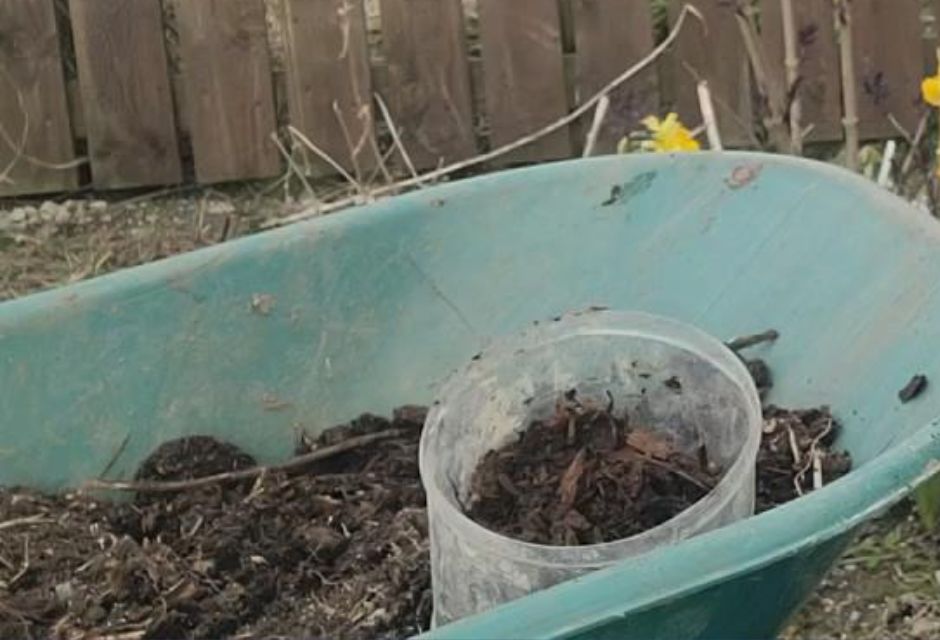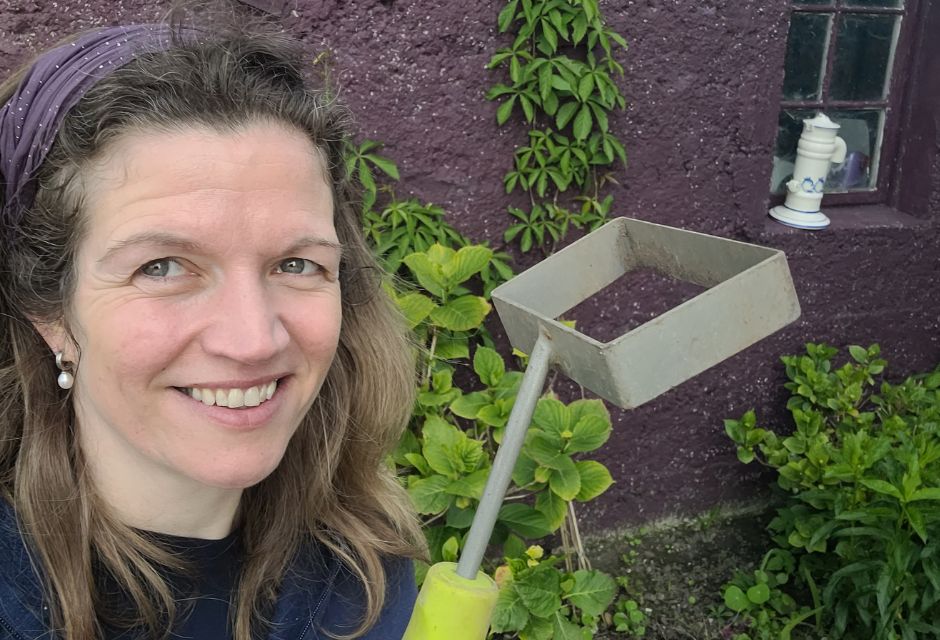You know that weeds can be a real pain to deal with. They seem to sprout up overnight and can quickly take over your carefully cultivated plants. As we all learn to take into account the wider consequences of how we garden, we are less inclined to entertain the use of weedkiller products. Fortunately, there are plenty of natural and easy ways to manage weeds without resorting to chemicals. In this article, we’ll explore some of the easiest ways to keep your garden weed-free without weedkiller.
Prevention is Better than Cure!
Mulch

Mulch – not sexy but still mighty!
Mulching is one of the easiest and most effective ways to manage weeds. Mulch is a layer of organic material that you spread around your plants to suppress weed growth, retain soil moisture, and regulate soil temperature. You can use a variety of materials for mulch, such as straw, leaves, grass clippings, or wood chips. Organic mulches decompose over time, adding nutrients to the soil and improving soil structure. Inorganic mulches, such as gravel, rocks, or plastic sheeting, do not decompose but can be less attractive and less beneficial to soil health. To mulch your garden, simply spread a layer of mulch around your plants, making sure to leave a few inches around the base of each plant to prevent moisture buildup.
You can catch my video on mulching here. You’ll see that I use a base layer of newspaper and I can report that this has been fantastically successful since I filmed the video at keeping weeds down – highly recommended in an area where it can fit in easily.
GroundCover
Those of you who have been around me for a while will know that ground cover planting is one of my favourite tactics in the weed-prevention toolkit. For a bit more on this and my current three, read more here.
Weed barrier
You can use a weed barrier membrane and then mulch with stone or bark on top. This is good in large areas, such as along a driveway. However, there are definitely drawbacks. It is difficult to plant into at a later date as you have to scrape away the mulch, cut the barrier, plant and then replace the barrier and mulch. It is also very hard to feed and condition the soil properly and eventually weeds will find their way into the gravel or mulch layer on top of the barrier. It does give fantastic moisture retention though.
Arrrggghh, Get them Out of Here!
Hand weeding

Hand weeding is a traditional but effective way to manage weeds. It involves using a hoe or hand tool to loosen the soil around the weed, then carefully pulling it out by the roots. Hand weeding is labour-intensive but can be therapeutic and satisfying. It also allows you to target individual weeds without harming desirable plants. When hand weeding, be sure to remove the entire root system, as leaving even a small piece behind can result in regrowth. You can also use a hoe or cultivator to break up the soil surface and uproot small weeds before they have a chance to establish themselves.
My personal favourite is a cheap little push-pull handweeder I picked up years ago and I show why I love it in this YouTube video.
Boiling water
Another simple and natural way to manage weeds is to pour boiling water on them. This is particularly effective for weeds growing in cracks in your drive or paved areas, such as patio and paths. Simply boil a kettle of water and carefully pour it over the weed, being careful not to splash yourself or any desirable plants.
Vinegar
Vinegar is a natural and effective weedkiller. You can use white vinegar or apple cider vinegar, but be sure to use a higher concentration of vinegar (at least 20%) for best results. Vinegar works by desiccating the leaves and stems of the weed, causing it to dry out and die. To use vinegar, simply spray it directly on the leaves of the weed, being careful not to spray your desirable plants. Keep in mind that vinegar can also kill beneficial bacteria in the soil, so use it sparingly and only as needed.
Win the war, if not the battle
Look, weeds are just plants in the ‘wrong’ place. They are nature’s survivers. You will never eradicate them fully so making your peace with them to some extent. I find making sure that I focus on the plants that I DO like, rather than only seeing those that I wish weren’t there is really important in getting the most enjoyment out of my garden.
That said, if like me, you are not ready to abandon your garden fully to nature just yet, then consistency is the key to the long-term game with weeds. Keeping on top of young weeds is far easier than dealing with the more mature ones. It is easier to remove them with long-handled tools quickly, they won’t seed so should be fewer next year and eventually becomes less of an issue.
The best bet is to find the right mix of tools and techniques for you and keep at it.
I’d love to hear if you have any other weeding strategies – why not share them in the free Busy Woman’s Garden Facebook Group. You’d be very popular because we are all in the same boat 😊.